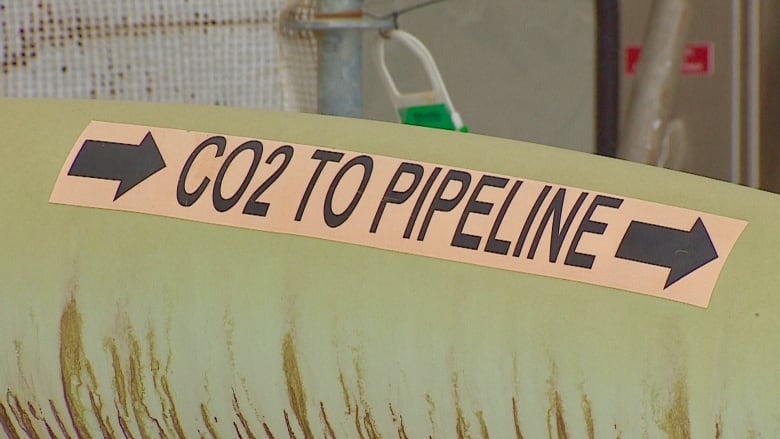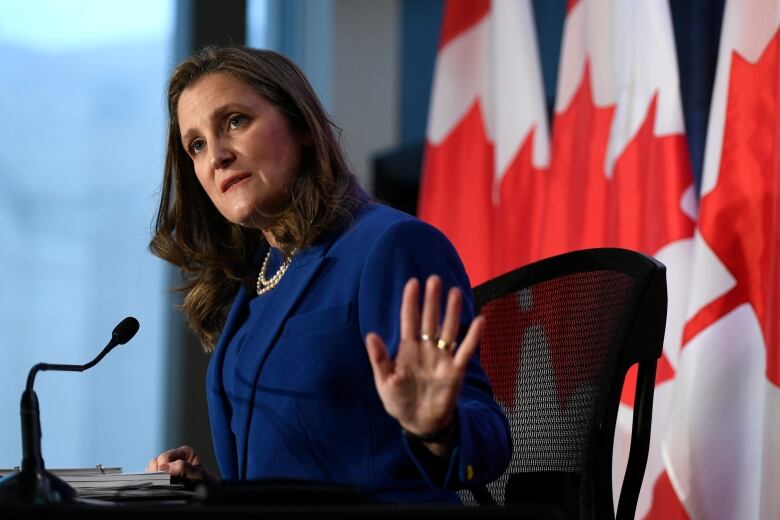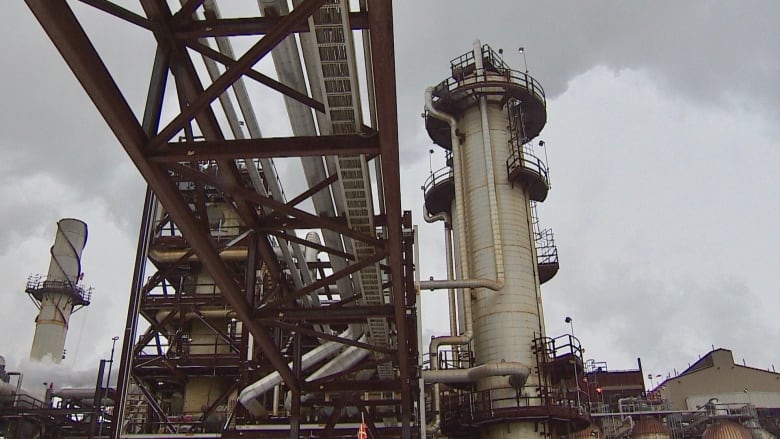With a windfall from Ottawa comes great climate expectations for the oilpatch
Thanks to a new tax credit, the industry needs to deliver on its pledge to slash emissions

For more than a decade, the oilpatch has pitched a particular solution to its problem of being the largest source of carbon emissions in the country to bury them.
There are many ways the industry is trying to tackle its greenhouse gas woes, but the tool with the most potential is carbon capture and storage technology, which collects the carbon dioxide and stores it deep underground.
A few of the projects already exist in Saskatchewan and Alberta, with some facilities more successful than others.
As the need for the world to act on climate change grows, and the pressure on the oilpatch mounts, the industry has increasingly pushed for more government support to develop, construct and scale up carbon capture and storage (CCS).
The federal government came to the table on Thursday, pledging immediate and long-term financial support for CCS in the budget.
It's not a big-ticket expense for the government in the next few years, but it will escalate as construction gets underway on the plethora of proposed facilities. Beginning in 2026, the tax credit is expected to cost $1.5 billion annually.
Attached to the funding, though, comes a stiff warning from the federal government for the sector not to drag its feet but, instead, to turn talk into action and deliver on its promises and quickly.
It's as if Ottawa just called the industry's bet.

New CCS support
Ottawa has funded various projects to reduce emissions in the oilpatch over the past few years, but the federal budget included the most ambitious initiative yet with its new investment tax credit.
The federal government is pledging to cover 60 per cent ofequipment used in direct air capture projects and 50 per cent if the emissions come from an industrial facility. The tax credit also covers 37.5 per cent of other eligible equipment used for transport and storing the carbon dioxide.
"It's about jump-starting a critical technology and getting the development going at scale to hit our targets for 2030," said Kevin Birn, vice president of greenhouse gas emissions co-ordination at S&P Global.
Some companies collect their emissions and pump the gases into oilfields to boost production, which is known as enhanced oil recovery. The government won't give any tax credits toward that use, which some in the industry aren't pleased about.
However, the government is keeping the door open for supporting the use of captured emissions to be used in concrete.

The federal government gave other support to the oilpatch in Thursday's budget by pledging $120.6 million over five years toward developing small modular nuclear reactors, which could provide low-emission electricity to many industries.
Meanwhile, the Canadian Infrastructure Bank now has a wider mandate to invest in private sector projects such as small modular reactors, clean fuel production, hydrogen production and CCS.
Act now
The tax credit is structured in a way to push industry to move quickly on CCS; after 2030, the value of the support is cut in half for the following decade.
That should light a fire under the oilpatch. It's also in line with the emissions reductions plan the federal government announced last week, which calls on the oil and gas sector to dramatically cut emissions by more than 40 per cent by 2030.
That's also when the carbon tax is expected to reach $170 per tonne, up from the price of $50 currently, which also encourages many industries to reduce emissions and avoid those costs.
As the carbon price rises, there will be less of a need for the tax credit.
"The carbon price isn't sufficiently high to incent CCS projects today, but it would be [by] 2030 or post-2030," said Birn.
One senior government official described the new CCS credit as one of the largest single industrial tax incentives in Canada's tax code.
With that level of financial support, there are expectations for the oilpatch not to waste the opportunity.
"We expect industry to do their share. It is the right time to do this, and they have the profits to do it now," said the official.

While the tax credit is aimed at the oilpatch, the government listed several other industries that will directly benefit such as utilities, manufacturing, engineering and construction.
The oil and gas sector had lobbied for a more generous tax credit, but with sky-high oil prices producing record revenues, it was likely a tough sell.
"Much of industry was hoping for a higher number, but I think this is actually an adequate start," said Michael Belenkie, president of Entropy Inc., a Calgary-based company that is wrapping up construction of its first carbon capture project.
The government now needs to ensure the carbon tax continues to escalate, so the CCS facilities are financially viable to operate and provide more certainty for investors. That's why Ottawa is developing those types of optional carbon contracts.
"What the government needs to be careful of is that we're incenting capital spending, and if we're not careful, we may end up with a bunch of very nice shiny equipment that doesn't run because it's too expensive," he said.
In recent weeks, the Alberta government approved six carbon capture projects proposed for the Edmonton area to proceed to development, while opening up applications for potential CCS facilities located elsewhere in the province.
Enbridge, Pembina Pipeline, TC Energy, Shell, ATCO, Suncor and Wolf Midstream are some of the companies involved in the projects just approved.
Many of those companies have set a net-zero emissions goal for 2050, which often includes CCS as an important tool.
The disputed role of CCS
CCS can be contentious because the projects aren't cheap, and some environmental experts say the money could be better spent on renewable energy and other low-carbon projects. There are also concerns that the technology deters heavy-emitting industries from not producing the emissions in the first place.
This week, UN scientists laid out a plan they believe could help avoid the worst impacts of rising temperatures and, for the first time, they acknowledged there is a role for CCS to play.
The report, by the UN's Intergovernmental Panel on Climate Change, outlined how keeping temperatures down has to include some form of removing carbon dioxide from the air, whether that's by capturing carbon or planting more trees.
The federal budget also includes more cash for restoring and conserving wetlands and grasslands to capture and store carbon.
Ottawa has made it clear it wants to see precipitous declines in oilpatch emissions, and the industry has generally accepted the challenge.
Now, with the government putting up the money, the spotlight shifts squarely on the industry to see if oil and natural gas producers can deliver on their pledges and actually drive down emissions.












_(720p).jpg)


 OFFICIAL HD MUSIC VIDEO.jpg)
.jpg)



























































































